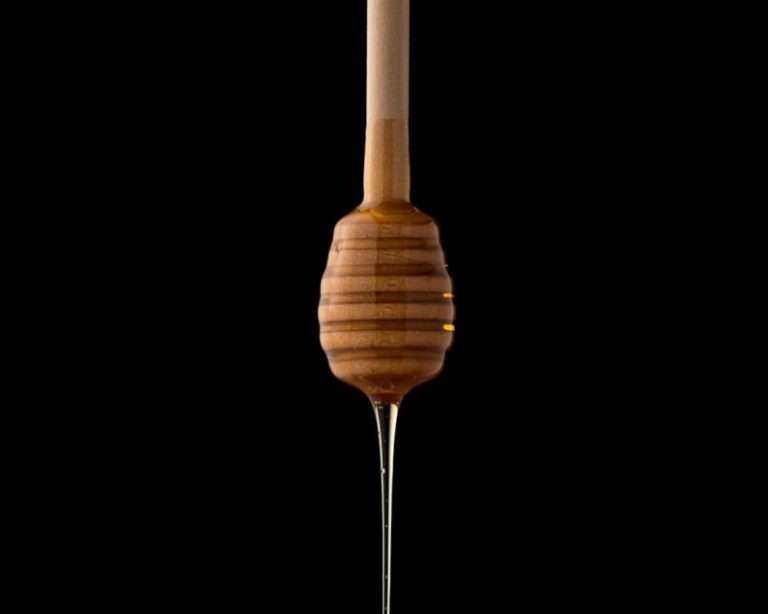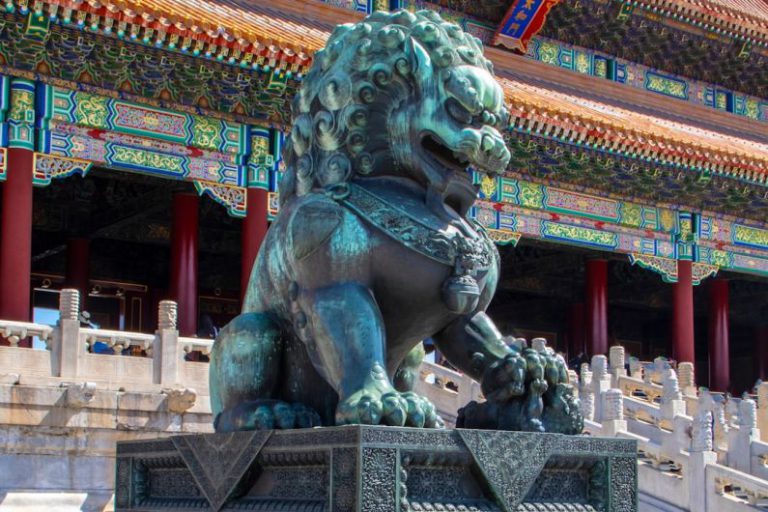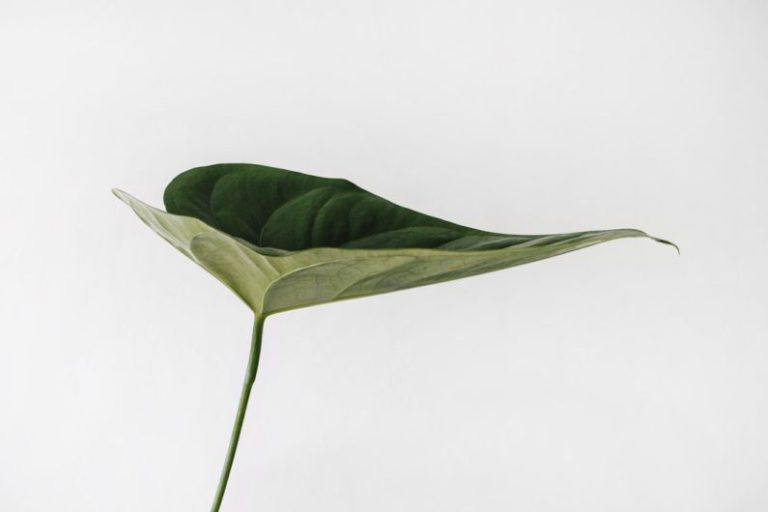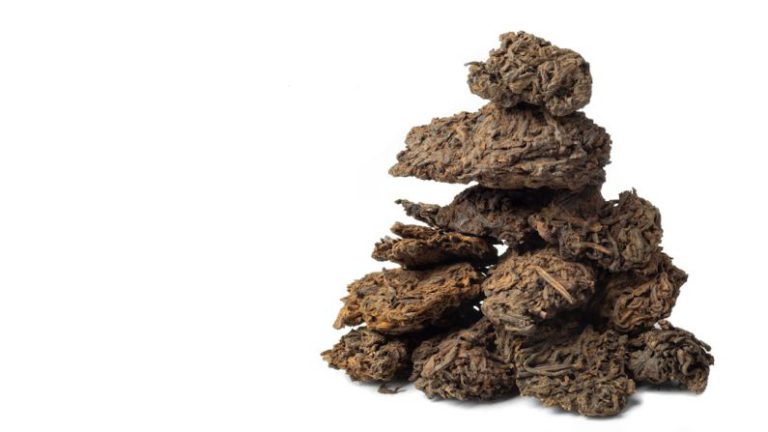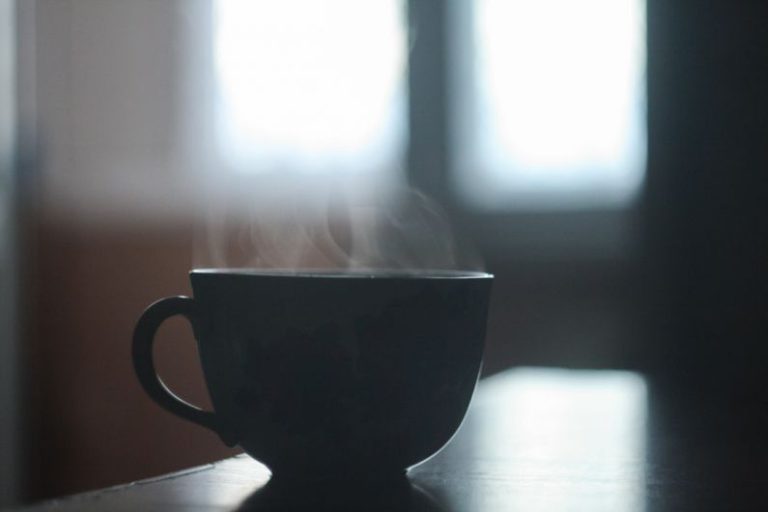The Uniqueness of Moroccan Mint Tea: a Taste of the Orient
Moroccan Mint Tea, a Taste of the Orient
In the bustling streets of Morocco, amidst the vibrant colors of the markets and the enchanting melodies of traditional music, one can find a beverage that encapsulates the essence of Moroccan hospitality and culture – the renowned Moroccan Mint Tea. This iconic drink has been a symbol of hospitality and friendship in Moroccan households for centuries, with its unique blend of flavors and rituals that make it a truly one-of-a-kind experience.
The History and Tradition Behind Moroccan Mint Tea
Moroccan Mint Tea, also known as “atay,” has a long history dating back to the 18th century when it was introduced to Morocco by traders from the Middle East. Over the years, it has become an integral part of Moroccan culture and social gatherings, symbolizing friendship, hospitality, and generosity. The preparation and serving of Moroccan Mint Tea are steeped in tradition, with each step carefully executed to ensure a perfect balance of flavors and aromas.
The Art of Tea Making
The art of making Moroccan Mint Tea is a meticulous process that requires skill and precision. The key ingredients include green tea, fresh mint leaves, sugar, and boiling water. The green tea is first steeped in hot water to release its flavors, then the fresh mint leaves are added to infuse the tea with a refreshing aroma. Sugar is added to taste, and the tea is poured from a height into small glasses to create a frothy layer on top. This pouring technique is not just for show; it helps to aerate the tea and enhance its flavor.
The Perfect Balance of Flavors
What sets Moroccan Mint Tea apart from other teas is its perfect balance of flavors – the bitterness of the green tea, the sweetness of the sugar, and the refreshing minty taste all harmonize to create a delightful sensory experience. The mint not only adds a refreshing twist to the tea but also aids digestion and helps to cool the body in the scorching Moroccan heat. It is this harmonious blend of flavors that makes Moroccan Mint Tea a favorite among locals and travelers alike.
A Symbol of Hospitality and Friendship
In Moroccan culture, serving tea is a sign of hospitality and friendship. When visiting a Moroccan home, guests are greeted with a steaming pot of mint tea, served in small glasses on a beautifully decorated tray. The host pours the tea from a height, a gesture that signifies respect and friendship. The act of sharing tea fosters a sense of community and togetherness, creating a warm and welcoming atmosphere that is quintessentially Moroccan.
The Ritual of Tea Time
Tea time in Morocco is not just about drinking tea; it is a social ritual that brings people together. Whether it’s catching up with friends, conducting business meetings, or simply relaxing after a long day, tea time is a cherished tradition in Moroccan culture. The slow pace of tea preparation and the leisurely enjoyment of each sip encourage conversation and connection, making it a special time to bond with others.
Bringing a Taste of Morocco Home
For those who wish to experience a taste of Morocco at home, brewing Moroccan Mint Tea is a simple yet rewarding endeavor. By following the traditional method of tea preparation and using high-quality ingredients, one can recreate the authentic flavors of Moroccan Mint Tea in their own kitchen. The ritual of tea-making can be a meditative practice, allowing one to slow down, savor the moment, and appreciate the art of tea culture.
In Conclusion: A Cultural Delight
Moroccan Mint Tea is more than just a beverage; it is a cultural delight that embodies the spirit of Moroccan hospitality and tradition. From its rich history to its intricate preparation process, every aspect of Moroccan Mint Tea reflects the warmth and generosity of Moroccan culture. So, the next time you sip on a glass of Moroccan Mint Tea, take a moment to appreciate the centuries-old tradition and the unique flavors that make it a true taste of the Orient.

